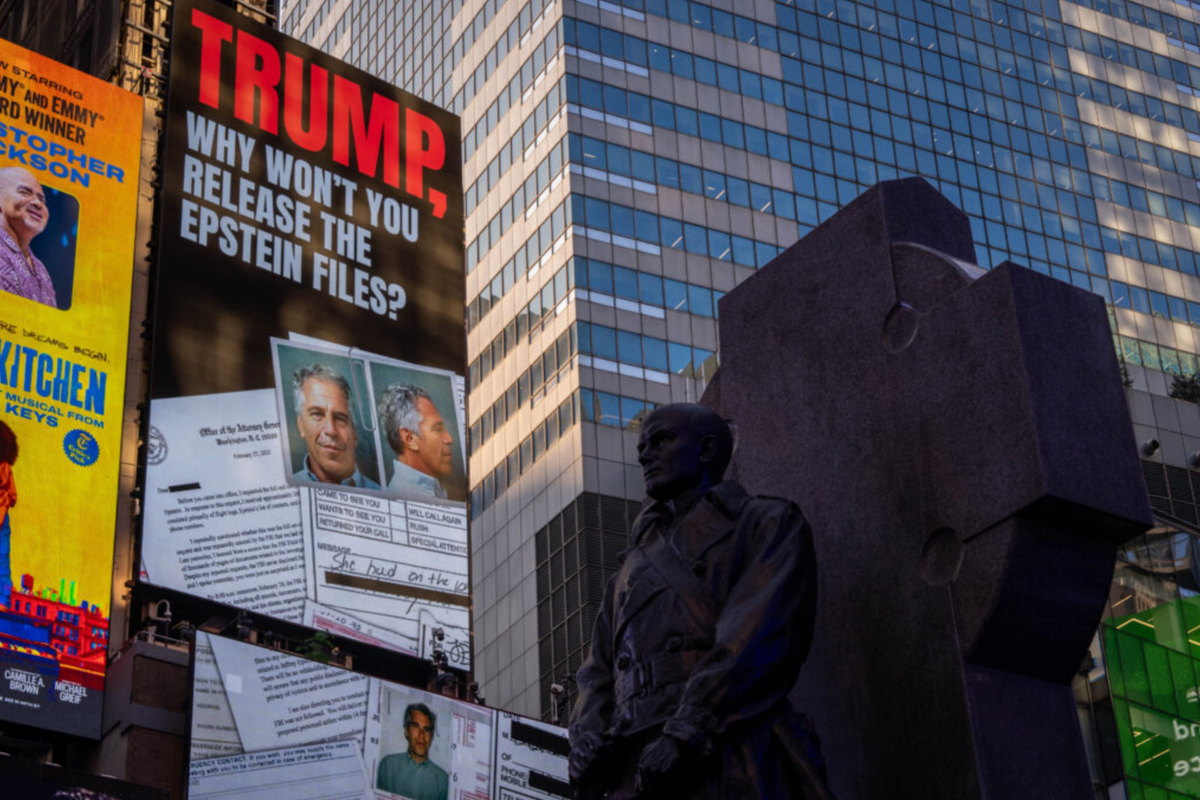Long is a senior strategic communications consultant with public, private, and not-for-profit experience. She holds a doctorate in Political Science and a Master of Public Health.
“Drain the swamp” was not only one of Trump’s pet phrases his rally-goers chanted at “ near rock-concern level decibels,” but also a tool he used to portray career bureaucrats as deep state legitimizing his attempt to reshape the civil service to suit his political interests. Although the Trump administration ended in 2021, both this deep state accusation and attempt to reshape the service remain active issues yet to be fully addressed despite extensive criticism.
“Drain the swamp” laid the groundwork for the Trump administration’s Executive Order 13957, named “Creating Schedule F in the Excepted Service” and referred to as Schedule F. The Schedule F Order introduced one of the most sweeping civil service changes since the 1883 Pendleton Act established the government’s merit-based system. James Sherk, a White House policy advisor central to the Order’s drafting, explained this directive as essential for controlling “entrenched poor performers” and “ideological activists” in the federal bureaucracy undermining the administration’s will. Controlling them meant recategorizing many career civil service positions in a new category, labeled Schedule F, without many merit-based employment protections. Positions to be recategorized as Schedule F were those that handle “ confidential, policy-determining, policy-making, or policy-advocating ” tasks – essentially, positions with critical responsibilities such as directing how the bureaucracy applies legislation, overseeing government agencies’ attorneys, or managing government agencies’ collective bargaining negotiations.
No agency had time to fully implement the Schedule F Order before the Biden administration revoked it on January 22, 2021, just three months after it was signed into force. But this does not mean that the Schedule F Order or the rhetoric supporting it are dead. A potential second Trump administration looms on the horizon, Congressional Republicans advocate stripping bureaucratic positions or funding, and Supreme Court decisions increasingly weigh-in on the extent of bureaucratic power.
The expert and media criticism that began immediately after the Order’s 2020 signature also live on, having revived several times. The first was in 2022, when Trump, along with other potential Republican presidential candidates, floated its return. The second was in 2023, when Biden proposed a rule attempting to Schedule F-proof the federal civil service in case of a Republican 2024 presidential win.
Each wave of criticism has generally focused on two issues: the Trump administration’s use of the Schedule F Order to achieve specific self-interests and the damage to government the Order would cause.
Criticism will and should continue with Schedule F Order lurking in the background. Going forward, however, attention must shift from criticism to proactive recommendations for dealing with the Order’s possible revival. Because the civil service sits dead center in the Schedule F debate, one of the first recommendations should be an assessment of who actually makes up today’s federal civil service.
Assessing this “who really is the civil service” question is not the same as giving credibility to the deep state accusation that the Trump administration used to legitimize the Schedule F Order. In fact, the Trump administration was not wrong to suggest that there are problems with the career civil service. It was wrong, however, in terms of the civil service problems it identified (the deep state).
Taking a hard look at who makes up the federal bureaucracy’s career civil service is critical for two equally important reasons.
First, the deep state is an extremely serious accusation. Although Trump often uses charged language, such a damaging accusation from such a high-level source cannot be left to simmer in the American psyche, complicating the already mixed sense of trust in the bureaucracy.
Second, the deep state accusation legitimized the Schedule F Executive Order that essentially removed merit-based employment processes for many important civil service positions. Challenging any revival of the Schedule F Order therefore requires refuting the deep state accusation.
Even though little to no evidence was given by the Trump administration to support the deep state accusation, clear evidence is still needed to refute it. The Trump administration quietly drafted and signed the Schedule F Order. In follow-up interviews, administration members primarily referred to limited pre-existing research and rhetoric. The administration did not follow examples set by previous administrations of how to publicly collect evidence and debate civil service reforms. Such examples include Reagan’s use of the specialized Grace Commission that publicly conducted government efficiency reviews and the Carter administration’s use of the legislative process for what became the 1978 Civil Service Reform Act.
Evidence refuting a deep state involves a comparison. Specifically, it involves transparently defining what qualifies as deep state behavior undermining the American government versus what qualifies as bureaucratic behavior necessary for the government to properly function. An assessment needs to show – with evidence – that the civil service did not demonstrate deep state behavior but instead behavior of a bureaucracy appropriately responding to the given contexts. Appropriate behavior means keeping the public good in mind while abiding by American laws and procedures.
Refuting the deep state accusation is not enough. Any assessment of the civil service also needs to identify the actual problems confronting the career civil service. There are several significant civil service problems that have already been flagged, especially the imbalance of new recruits to near-retirees and critical staffing shortages (think missing weapon systems experts or toxic hazard specialists). These problems are related to challenges such as more attractive private sector packages, unending Congressional threats of slashed positions or salaries, a damaged bureaucratic brand, and increasing acts of violence against civil servants. Unfortunately rhetoric related to deep state accusations and “drain the swamp” add to these challenges, especially those related to the bureaucracy’s reputation and violent threats.
Recognizing actual civil service problems and their causes demonstrates that the assessment refuting the deep state is reform minded, not partisan. Also, recognizing actual problems and their causes takes a proactive step towards improving the efficiency and effectiveness of the civil service instead of burdening it with harmful accusations.
These and other career civil service assessments may break us out of the current default to an either-or argument that hangs over the Schedule F debate: either career civil service is a problem that needs Schedule F to fix it, or Schedule F is a problem from which the career civil service needs protection. Instead of fighting over whether the bureaucracy is a swamp that needs to be drained or a deep state that legitimizes the end of the merit-based system, we need to proactively discuss how to ensure we have enough civil servants with the right skills to address America’s complex needs and challenges.


















